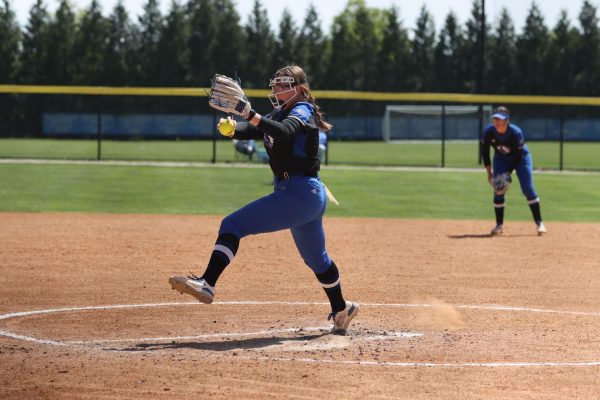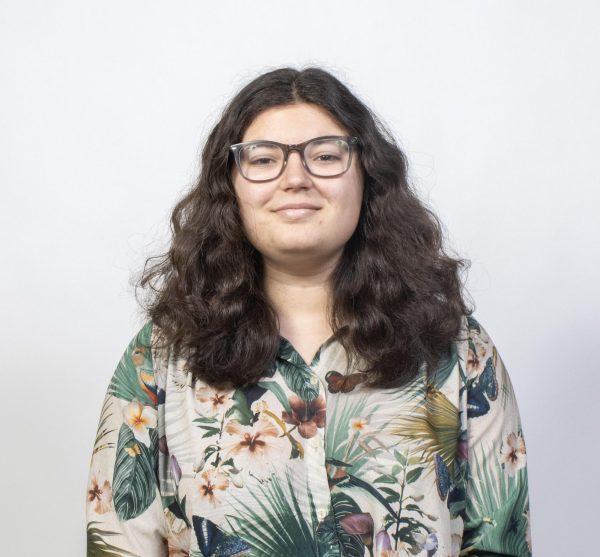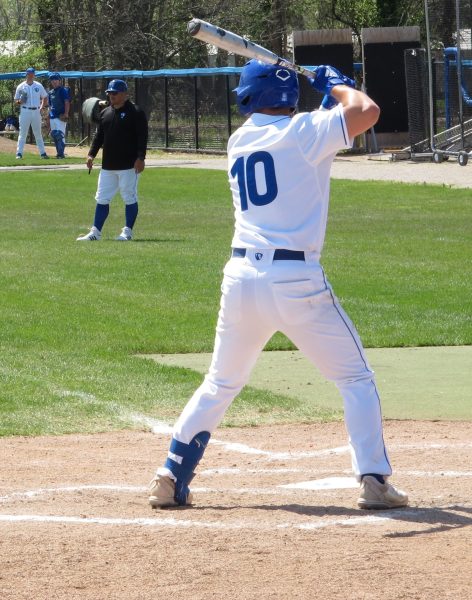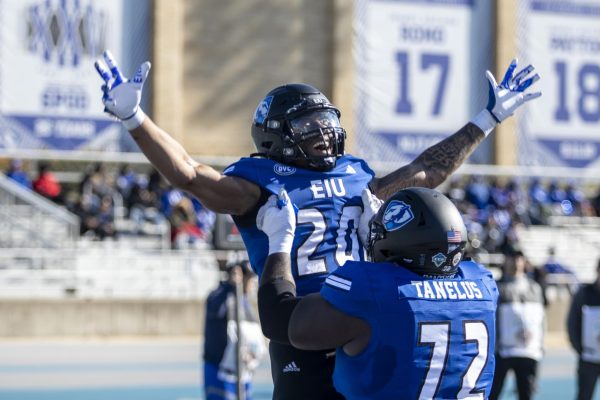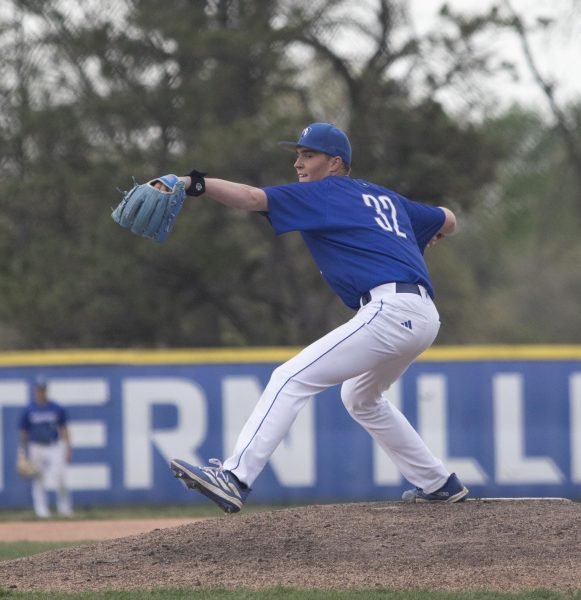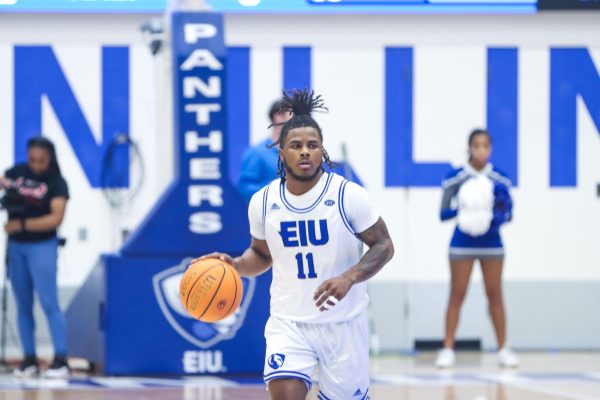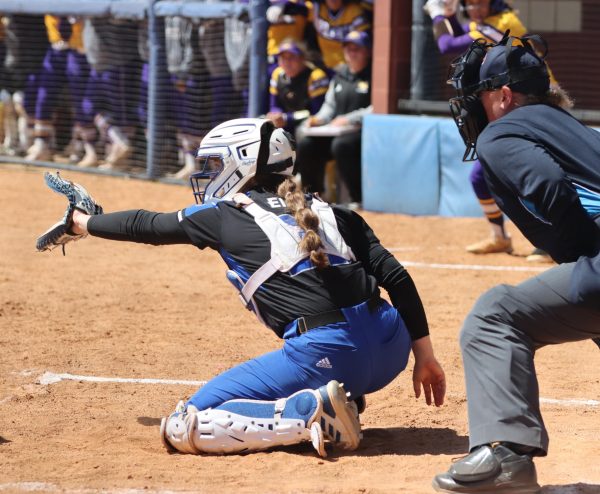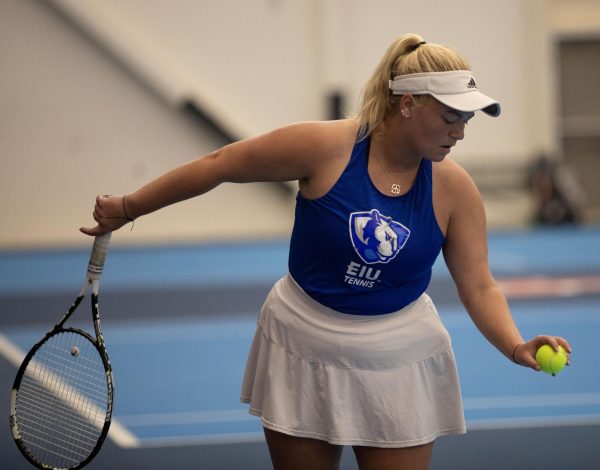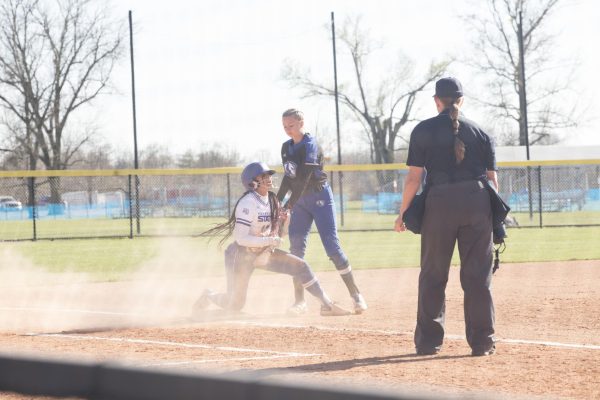Taking a tennis trip around the world
Imagine being thousands of miles away from your family or having to go to a school and eating unfamiliar food, adjusting to a climate and pace of life different from what you’re accustomed to.
Welcome to the life of cultural adjustments five international Eastern tennis players have to deal with.
The men’s tennis team has three international players on its roster: Lukasz Pluta, a senior from Totoryiu, Poland, Colin Priestner, a freshman from Edmonton, Canada and Matt Sadler from Vancouver, Canada.
The women’s team has senior Jana Matouskova from the Czech Republic and Ivana Milosevic, a sophomore from Belgrad Yugoslavia.
According to Milosevic, a sophomore, the biggest adjustment to the way of life in the United States was the language.
“I had trouble communicating when I first came here,” said Milosevic. “The way we say things and the way we communicate here is different. Some things that would be acceptable to say in my country aren’t acceptable to say over here.”
In addition to the language barrier, another adjustment almost every international player except for the two Canadian players had to adjust to the food.
“I don’t like the food here,” Milosevic said. “I don’t think a lot of international people like the food here. It is too fatty and greasy.”
Pluta, from Poland, agreed with Milosevic.
“I am not used to the fast food and all that different stuff,” Pluta said. “We usually make our food at home, and we don’t go to too many restaurants.”
One of the Canadian players, Sadler, didn’t have as much of a cultural adjustment and said the food and the pace of life in Vancouver is pretty much the same.
According to Milosevic another difficult adjustment has been the separation from family.
“(Being separated from my family) has really been hard,” Milosevic said. “Back home, family is more appreciated than it is here. Because of the economic situation, the kids even stay with their parents after they graduate from college. That is why it has been so hard for me. Because for most people from Eastern Europe, that is a pretty big deal to be away from family.”
According to head coach Brian Holzgrafe, adjusting to the pace of the culture in America has been something he has noticed many of his international players having trouble with.
“I think getting used to the different speed and expectations of the culture is one of the most difficult things to adjust to,” Holzgrafe said.
The international tennis players are almost always referred to by a coach or a program dedicated to bringing international players to the United States such as College Connection,a program dedicated to bringing student athletes to the United States.
“Once these players are referred (to me), it’s my job to recruit them and bring them here,” Holzgrafe said. “The Internet and the system has become a new means of networking for international athletes.”
Personal contacts Holzgrafe has made through working as a tennis pro in five cities and eight different athletic clubs has also helped him learn about talent outside of the United States.
One of those connections is with Canadian National coach Ryan Clark, who helped Holzgrafe learn about Priestner.
Holzgrafe was able to get his No. 1 women’s player, Matouskova, as a senior transfer from Hamilton University and received Pluta from College Connection. International players are proving to be a key component to success in collegiate tennis and are finding their way onto other teams around the country.
“At this level, I look more at the potential of each individual player rather then where they are from,” Holzgrafe said.



































